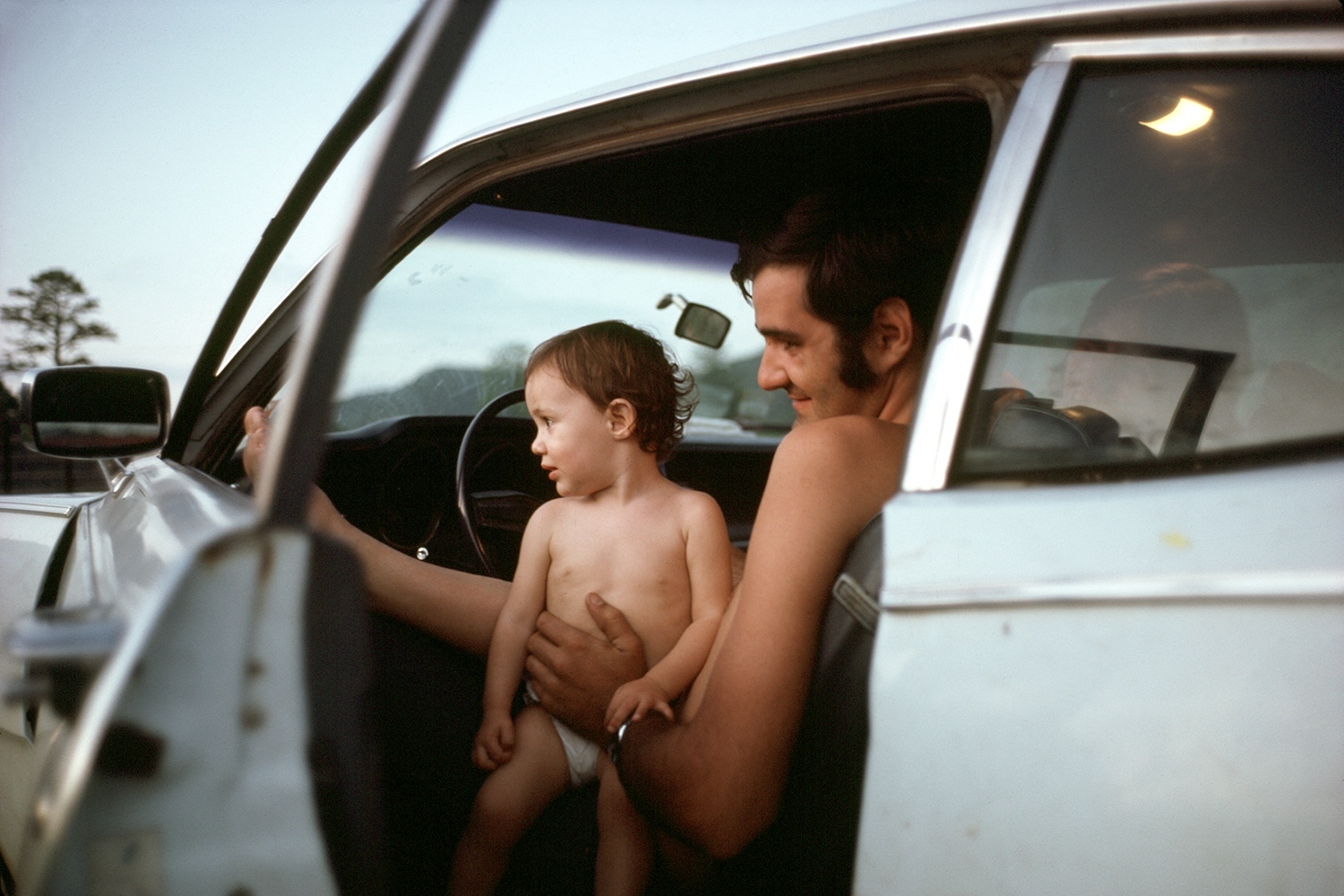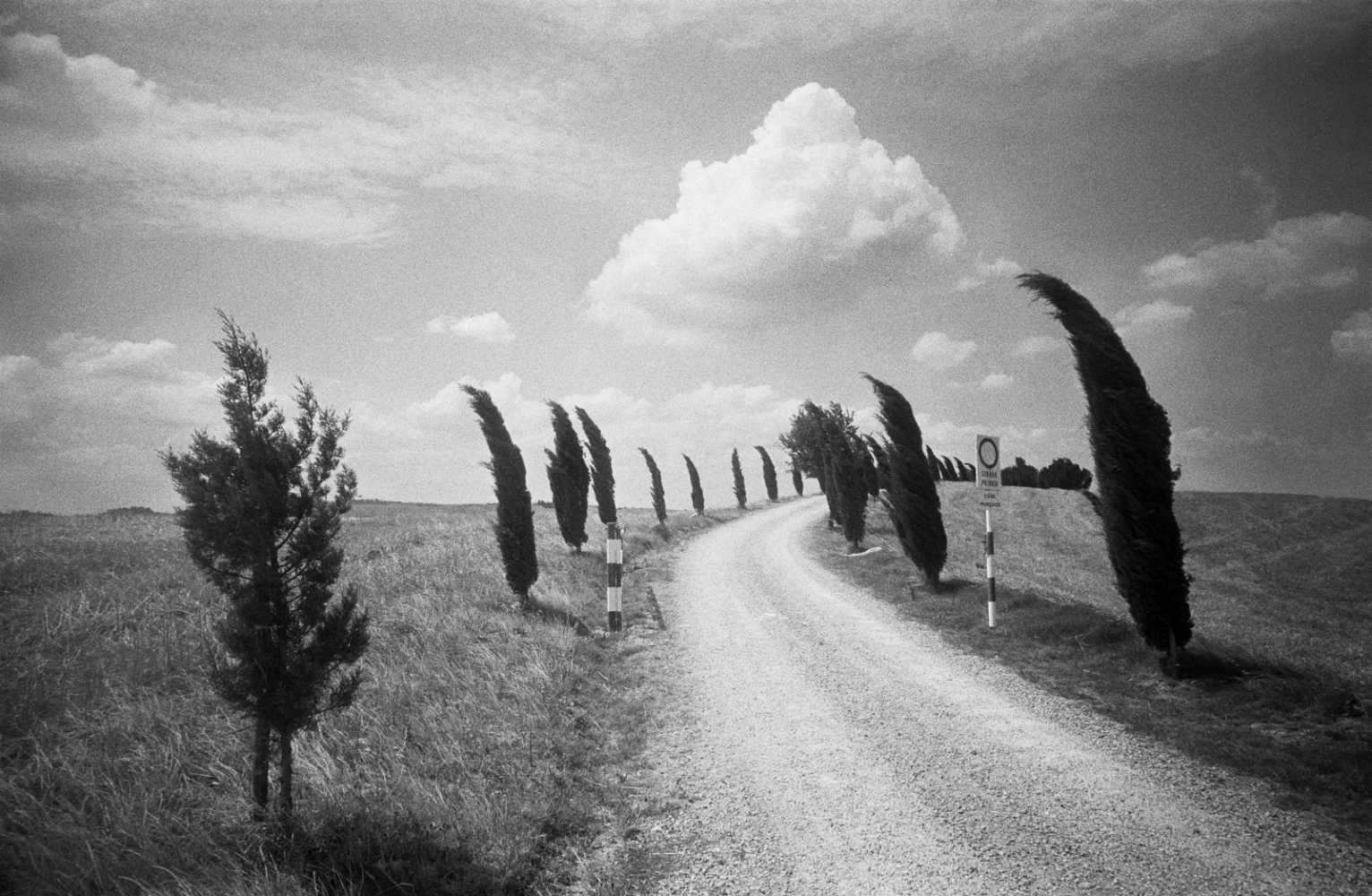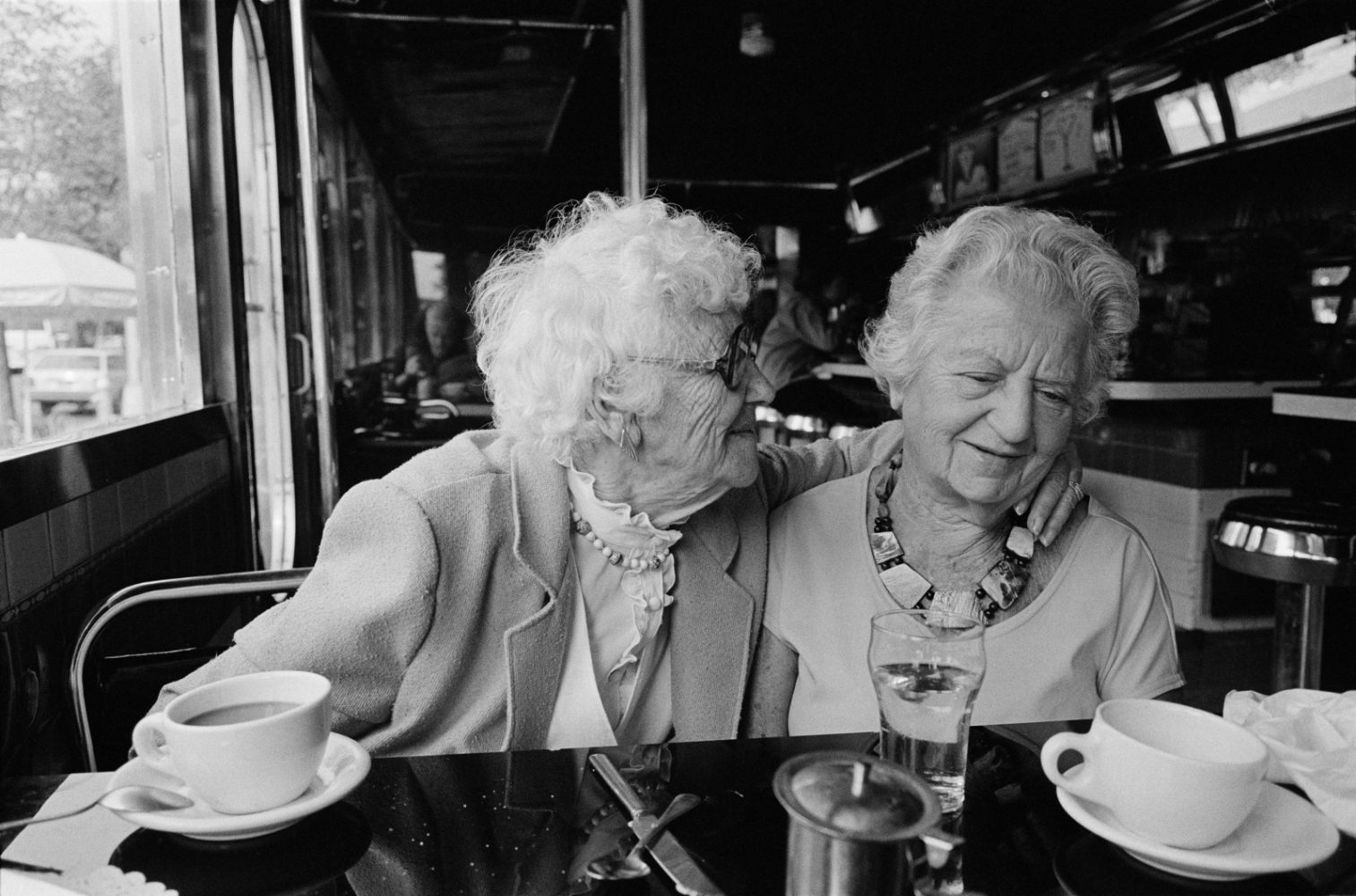Editor's Note: Visura "Spotlight Series" presents interviews with visual storytellers, photo editors, curators, writers, publishers, and other Visura members. Contributing writer Clary Estes sat down with photographer and photo book editor Joan Liftin to talk about her journey, vision, and work. Joan Liftin has edited many photobooks over her 45-year career, including Mary Ellen Mark's “Falkland Road,” Charles Harbutt's “Departures and Arrivals,” Jeff Jacobson's “Melting Point,” with Sylvia Plachy, and Magnum's “Paris.” Liftin has published three books of her own work: “Drive-Ins” (Trolley, 2003), “Marseille” (Damiani, 2015), and “Water for Tears” (Damiani, 2018). Liftin was Chair of the Documentary Program at the International Center of Photography (from l988 to 2000) and the Director of Magnum Photos library. In 2017, her archive was acquired by the Center for Creative Photography in Tucson, Arizona. For this interview, Joan wrote an introduction to share her perspective on photography and editing.

Introduction by Joan Liftin
Both as a photographer and as an editor, the photobook has been the thing that has involved me the most in photography and has aroused my greatest interest, because it is the clearest, and perhaps the only, means to express a personal vision about living and seeing. How you pair and sequence a stack of pictures in a book is what gives them meaning.
I find that the subject matter of a photography project is less important than the photographer's attitude towards his subject. There are just so many subjects, after all. The questions are: what does the photographer bring to the subject and how perceptive and profound is his or her take on it? And then, if the editor has carte blanche to form and sequence the book, how close, in turn, she can come to form a narrative that honors and perhaps expands on the photographer's vision, rather than diminishing it, or even worse, explaining or deconstructing it.
I started out after college as a modern dancer. In choreography classes, I had learned that dance cannot describe certain relationships such as who someone’s mother-in-law is or what the protagonist’s educational background might be. You're after bigger game. A dance does not lend itself to being a "story"; neither does photography. It's true of course that both mediums try for storytelling sometimes, like ballet's “Swan Lake,” or in journalism “Dog Bites Man, Man Bites Back” but these are lesser efforts.
For example, August Sander’s magnificent book, “Face of our Time,” first published in 1929, with portraits of Germans during the first third of the 20th century seems like a straight-forward presentation initially, but the narrative sequence is so much more. It involves class and the play of repression versus freedom through the stance, clothing, and expressiveness - or lack of it - in his subjects. With our knowledge of history, the reader can almost predict who among them was sent to the concentration camps.
The play of pairing, sequencing, and placement on the page when editing is vital because that is how meaning is created in a book. Editing a photo book is like making a film. It's a voyage. But whether there's life to the book always depends ultimately not on the editor, but on the quality of the photographs, and what the photographer has to say.

Interview by Clary Estes
This interview has been edited and condensed.
CLARY: How did you get into photography from modern dance?
JOAN LIFTIN: Well, in my mid-twenties I began to realize that I couldn’t really earn a living as a dancer unless I wanted to teach, and I didn’t like teaching back then. I really only loved performing. Modern dance also asks that its dancers be able to choreograph, and I wasn’t very good at that. When I went to a studio to fool around and improvise, I never could remember what I did.
CLARY: You told me you had a journalism degree. Did you photograph in college?
JOAN: Not at all, but I thought I could get a job somehow in journalism. It was the late sixties, so I made a list of all the places — ten of them — that I thought were do-gooder organizations where I’d like to work.
CLARY: What happened?
JOAN: Only one even answered; the United Nation, UNICEF. I later learned that what caught their eye mostly was that I was a good typist — very fast — and I also spoke French because I had lived in Paris for a few years. But I found the work boring until I began helping out the photo editor and that totally absorbed me.
CLARY: Your next job was as Magnum, correct? As head of the photography library?
JOAN: Yes, 1975, the best ‘real’ job I ever had. There were ten of us in a huge room surrounded by large legal file drawers full of wonderful photographs. We all did the same thing, picked a list of specs for a client, maybe a college textbook or a trade book or whatever, and then spent the day looking for the most imaginative and visually interesting way to fill the request. Of course, there were other short requests, like headshots or news events, but what we all liked to do the most was get our teeth into a book list that needed maybe 50 or 60 pictures to accompany the text.
CLARY: Did you work with the Magnum photographers?
JOAN: No, just with the other researchers. The photographers had their club, and we felt we had ours. We were rowdy and arrogant just like the photographers, we thought.

CLARY: How did you get into photo book editing?
JOAN: Well, it was a natural progression, but mostly it was because Mary Ellen Mark, who was in Magnum at the time (1978), asked me if I’d edit her book on prostitutes in Bombay, “Falkland Road.” I was thrilled. I loved the work she had done and enjoyed creating a visual narrative.
My father was a wonderful storyteller. His stories were all fantasies and somewhat like movie serials, where the hero (himself) would go along happily until he had to contend with some terrible threat. He’d stop the story each night just when you didn’t know how his character would escape from the cannibals who were just about to throw him in boiling water - or some other frightening situation.
When I was six, I was sick with rheumatic fever and each night, after my father came home from work, he would pick up the story from the night before. I’m sure I got my love of narrative from him.
CLARY: You’ve edited several books of other photographers, and three of your own books. Is there a difference in the process?
JOAN: Yes, I suffer much more with my own books than books for others.

CLARY: What is your process when editing a book?
JOAN: I have 5x7’s of all the pictures printed so that they can be laid out on the floor. Then, I start pairing pictures and pasting them together. Eventually, I notice pairs that seem to go together and phrases begin to be built. It’s a completely visual process. I don’t know the sequence of the book at the beginning; I just keep building. It’s like lego.
With “Falkland Road,” I was working with slides, so I laid out pairs and sequences in slide sheets. It was harder, but it hadn’t occurred to me yet to have small prints made. That’s when I learned the value of prints.
CLARY: What are the elements that you look for when pairing images?
JOAN: You don’t want to pair pictures that cancel each other out or that repeat one another. I don’t pair for the subject. It’s a more form-based consideration. If you pair for form, you’re more likely to come up with surprising relationships in which the pictures play off one another and the reader keeps looking back and forth between the two pages because he’s intrigued. It’s the editor’s job to slow down the reader so he wants to stop and look and not just rip through the book.

CLARY: Who is in the room when you are editing a book for a photographer?
JOAN: I always work with the photographer for the first session or two to learn which pictures are important and what the photographer’s feelings are about the work. Then I’m usually editing on my own for weeks trying to come up with a first dummy.
In recent years, however, I’ve worked with designer Yolanda Cuomo on three books, one of Charlie’s, called “Departures and Arrivals,” and two of my own. (Photographer Charles Harbutt was Joan’s husband, who died in 2015.) It’s great fun to edit with Yolanda, who is wild and wooly. I’ve learned a lot from her.
CLARY: How many books have you edited?
JOAN: About 16.
CLARY: Did they all get published?
JOAN: No, two didn’t. One by Naomi Savage, Man Ray’s niece, whose book we named “My Family and Other Strangers,” and a book by Idalina Pedrosa, a Portuguese woman living in France, called “Enfants de la Patrie”. But if any publishers are listening I still have the dummies and the scans!
CLARY: What tips do you have for photographers who have very personal projects and want to edit their work for a book?
JOAN: Choose carefully who you show your work to. Don’t show it to too many people or friends because they’ll drive you crazy with their different opinions. Pick out a few people who you respect and take their comments seriously.
The moment when the meaning of the photographer’s work becomes more clear is after you’ve edited out all the photographs that are either boring, imitative or dishonest in some way. Then what remains on the floor are the bones of the book.
To connect with Joan Liftin about her books, please visit her website www.joanliftin.com
Joan Liftin
Joan Liftin has worked as a photographer, photo book editor and teacher for many years. She is the author of three photo books Drive-Ins (2004), Marseille (2015) and Water For Tears (2018). Liftin was Chair of the Documentary Program at the...






